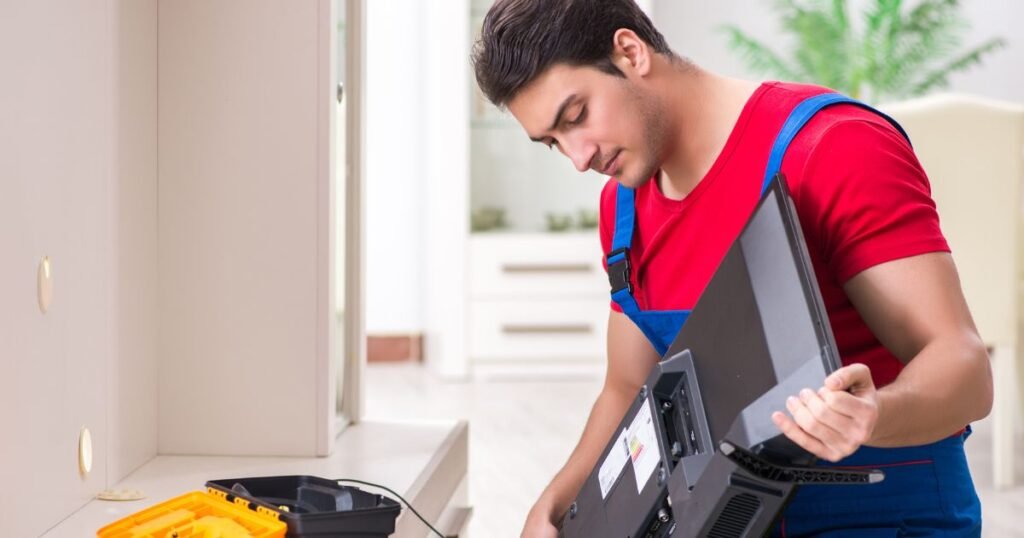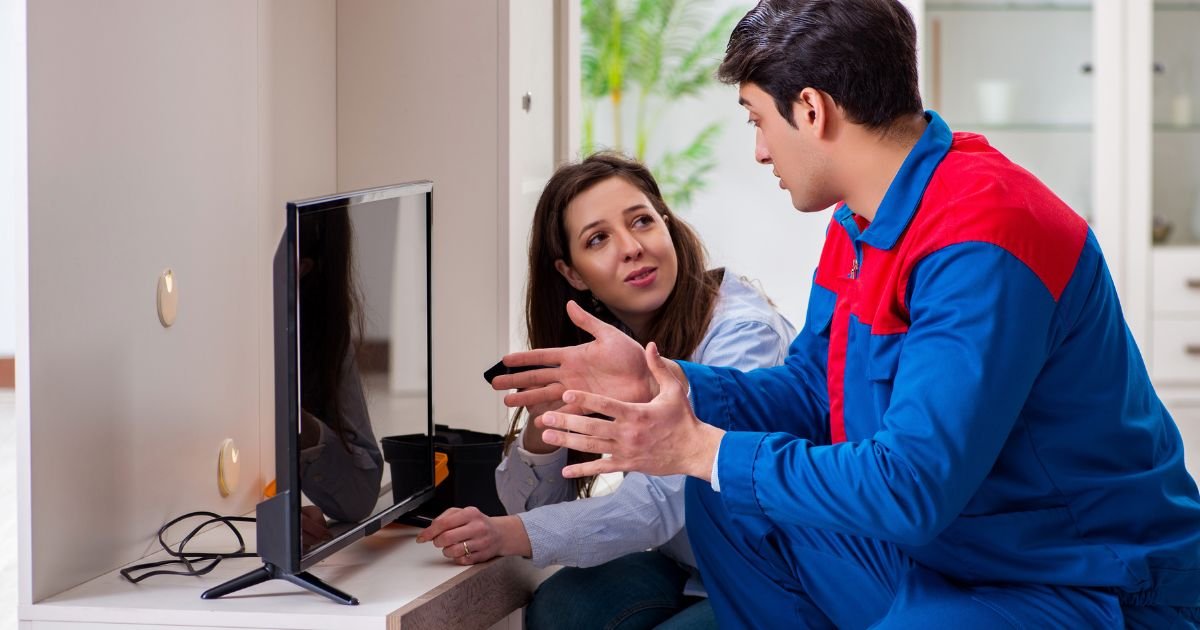We all love our smartphones, but sometimes they get damaged or broken. If you want to repair your smartphone, then you should know some basic things before starting. In this video, I’ll show you how to fix pressure spots on LCD screen.
When your phone gets wet, water can enter into the display area and cause damage to the screen. This happens because the liquid can penetrate through the glass panel and reach the electronics inside. The problem becomes worse when the phone is exposed to moisture for a long time.
To prevent this from happening, you should always clean your device after using it. Also, don’t leave your phone in a damp place.
LCD screens are made from glass and can easily be damaged by water if they are not properly sealed or kept away from any liquid. The most common cause of LCD screen damage is drops and bangs but your phone may also be exposed to moisture for a long time.
Causes Of Pressure Spots On LCD Screen
Pressure spots or pixels on an LCD display are caused by a variety of factors, but the most common cause is simply pressure applied to the screen.

If you’re using your phone in your pocket, for example, pressure from your pockets can cause tiny scratches on the screen that lead to pixels showing up as black dots or pressure spots.
Other causes of pressure spots on an LCD display include putting the phone in a tight-fitting case, using a touchscreen protector and even picking up the phone by its edge instead of its center.
If pressure spots or pixels are present on your LG G Pro 2 display, you’ll want to follow the steps below to remove them. If they’re not there when you start, they may be caused by a problem with the LCD display itself.
How To Fix A Running Toilet Without A Ball Float
Solutions
Pressure spots on LCD screens are a common problem and there are many solutions. Some devices require specific methods, while others can be fixed with a little patience and some pressure.
Here are some tips for fixing pressure spots on LCD screens:
If the device is not turning on, try removing the battery, plugging it back in and turning it on. If that doesn’t work, try pressing and holding down the power button for several seconds.
If the device is still not working, you may need to take it to a repair shop or tech support. Different devices have different methods of fixing pressure spots, so you will need to consult your manual or contact the company who made the device.
Some methods involve using a vacuum cleaner to clean the screen; others involve spraying water onto the screen and wiping it off with a cloth or paper towel.
Conclusion
If you’re like most people, you’ve probably encountered a pressure spot on your LCD screen at one time or another. These tiny spots can be incredibly frustrating, as they cause the screen to look fuzzy and distorted.
If left untreated, pressure spots can eventually lead to more serious problems, such as burn-in and screen failure. Fortunately, there are many ways to fix pressure spots on your LCD screen. Here are 6 of the most common methods:
1) Use an LCD cleaning cloth: This is probably the simplest solution, and it works well for most screens. Just wet the cloth and wipe down the spot until it disappears.
2) Use a liquid cleaner: Some liquid cleaners specifically designed for LCD screens work particularly well in removing stubborn pressure spots. Just apply the cleaner to a cotton ball and wipe down the spot until it disappears.
3) Use a special LCD screen cleaner: Screen cleaners designed for LCD screens work well on stubborn spots, but they usually don’t come in liquid form. Some of the more expensive ones do.
